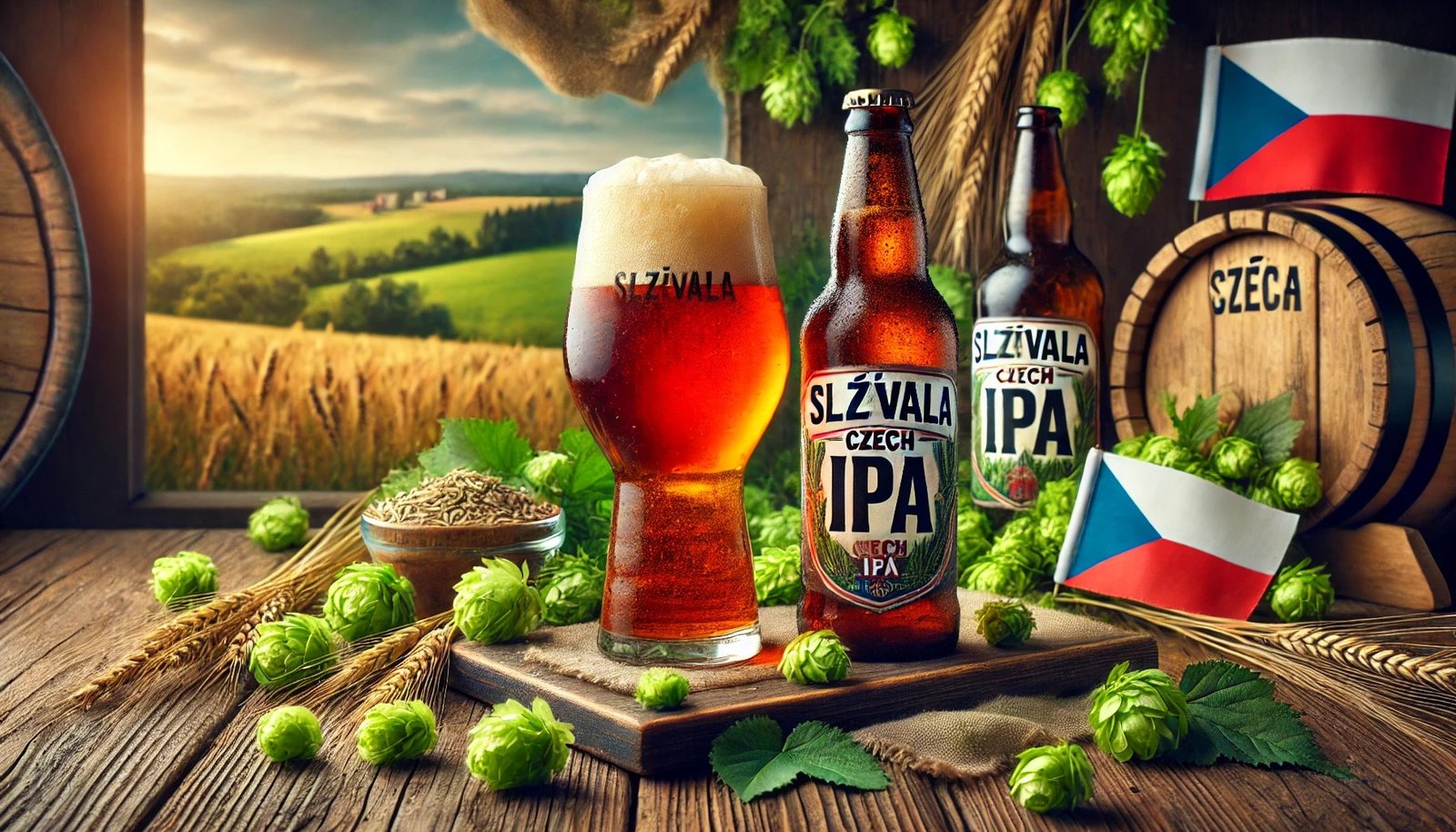Curious about north vs south Indian cuisine? Find out what sets these mouthwatering traditions apart! Learn about the unique spices, cooking styles, famous dishes, and the big debate: wheat or rice? If you love exploring food adventures, this guide serves up the tastiest facts in easy English, with laughs along the way. Ready to decide your new favorite? Dive in and get hungry!
Introduction: North vs South Indian Cuisine — Who Wears the Culinary Crown?
Imagine sitting at a table where your friend insists naan and butter chicken are life, while you can’t stop dreaming of crispy dosa and spicy sambar. Sound familiar? Whether you’re a die-hard fan of fluffy breads or an idolizer of zesty rice pancakes, the north vs south Indian cuisine debate is real—and delicious! In this blog post, you’ll find the answers to settle this fun (and tasty) argument. From flavors, ingredients, and climate to must-try dishes, let’s dig in and explore both these beloved food worlds.
The Geography of Taste: Why North and South India Cook Differently
Spanning a land as vast—and as seasonally dramatic—as India, it’s no wonder north and south Indian cuisine differ so much. Here’s the scoop:
- North India: Cooler climate and fertile plains. Wheat grows in abundance—hello, breads!
- South India: Tropical, humid, and coastal. Think lush rice paddies, coconut groves, and tangy flavors.
Staple Ingredients: Wheat vs Rice Showdown
The base for most meals shifts dramatically depending on which half of India you’re in.
North Indian Cuisine
- Relies on wheat—filling flatbreads like naan, roti, and paratha are everywhere.
- Dairy is a star: Paneer (cottage cheese), ghee (clarified butter), cream, and yogurt rule the curried roost.
- Spices are milder, with signatures like garam masala and dried fenugreek leaves.
South Indian Cuisine
- Tasty rice dishes (dosa, idli, steamed rice) steal the show.
- Coconuts? Everywhere! From coconut oil for cooking to grated coconut chutneys and coconut milk stews.
- Spices pack a serious punch—tamarind, curry leaves, and sambar powder give food a flavor kick.
Cooking Styles: Thick and Creamy or Tangy and Soupy?
Let’s be real—food isn’t just about the ingredients, it’s how you play with them.
| North Indian Cuisine | South Indian Cuisine |
|---|---|
| Rich, thick gravies | Light, soupy, and tangy |
| Often cooked with ghee | Gets its magic from coconut oil |
| Fermented foods (like dosa and idli) are common | Fermented foods (like dosa and idli) are common |
| Mild to moderate spice level | More heat, tang, and boldness |
| Dairy thickens sauces | Coconut milk liquifies curries |
Must-Try Dishes: You’ll Want Both, Trust Us
Iconic North Indian Dishes:
- Butter Chicken—Tender chicken in creamy tomato sauce.
- Naan, Roti, and Paratha—Soft, hot breads ready for dipping.
- Palak Paneer—Spinach and cheese curry (don’t judge it ‘til you try it!).
- Chole (chickpea curry)
- Tandoori Chicken
Essential South Indian Delights:
- Dosa—Crispy savory pancake, often stuffed with spiced potatoes.
- Idli—Soft steamed rice cakes, perfect for dunking into sambar.
- Sambar—Spicy lentil stew, loaded with vegetables.
- Rasam—Zesty tomato and tamarind soup.
- Coconut Chutney
Flavor Profiles: What’s Your Mood?
Sometimes you want bloomy flavors; sometimes you crave a fiery kick. Here’s what to expect:
- North Indian Flavors: Mild, creamy, sometimes sweet. Think warm, comforting, and perfect for winter.
- South Indian Flavors: Spicy, sour, often a little tangy. Feels fresh, light, and tropical.
- Craving caffeine? North India says “chai” (milk tea), while the South wakes up with strong filter coffee!
Fun Facts (Because Food Should Be Fun!)
- North Indian cuisine got a fancy Mughal upgrade. Rich, roasted meats and creamy gravies? Thank those emperors.
- South Indian cuisine is a hit with health fans—many dishes are naturally gluten-free and plant-based.
- Both styles have amazing vegetarian options—no one goes hungry!
North vs South Indian Cuisine: The Verdict
So which side wins—north vs south Indian cuisine? The truth: Both are champions, but in different weight classes! North Indian food brings cozy, creamy comfort and wheat heaven, while South Indian food sparkles with spice, rice, and coconut joy. Your favorite depends on your taste buds, your mood, and hey—maybe even the weather!
Still hungry for more? Head over to Food52’s guide on North & South Indian Food1 for delicious wisdom and recipes.
FAQs: North vs South Indian Cuisine
Q: Why do people in North India eat more bread, while people in the South prefer rice?
A: Climate and crops! Wheat grows in the cooler North, while rice flourishes in humid, tropical South India.
Q: Is North Indian food always mild?
A: Not always! Some dishes can be spicy, but on average, North Indian food tends to use more mellow spices.
Q: Are South Indian meals always vegetarian?
A: Nope! While South India has more veggie options, you’ll find plenty of seafood and spicy chicken dishes, too.
Q: What’s the best way to try both cuisines?
A: Find a good Indian restaurant and order a North-South sampler! Dip naan into butter chicken, then chase it with crispy dosa.
Q: Which is healthier: North or South Indian food?
A: It depends! South Indian dishes are often lighter and use less butter, while North Indian dishes give you rich, hearty fare. Both have healthy choices if you pick wisely.















Leave a Reply